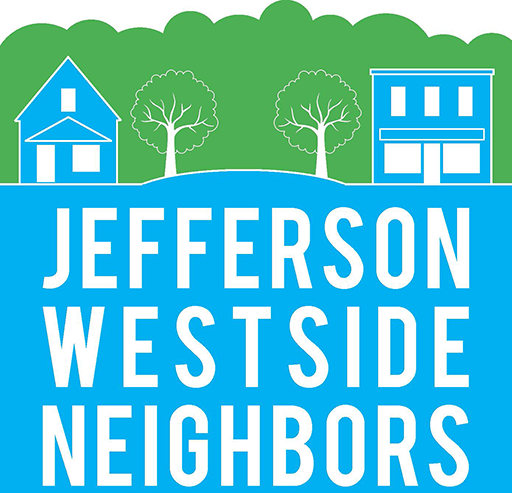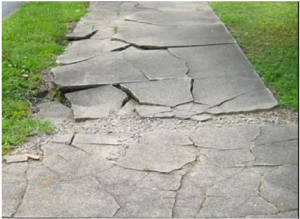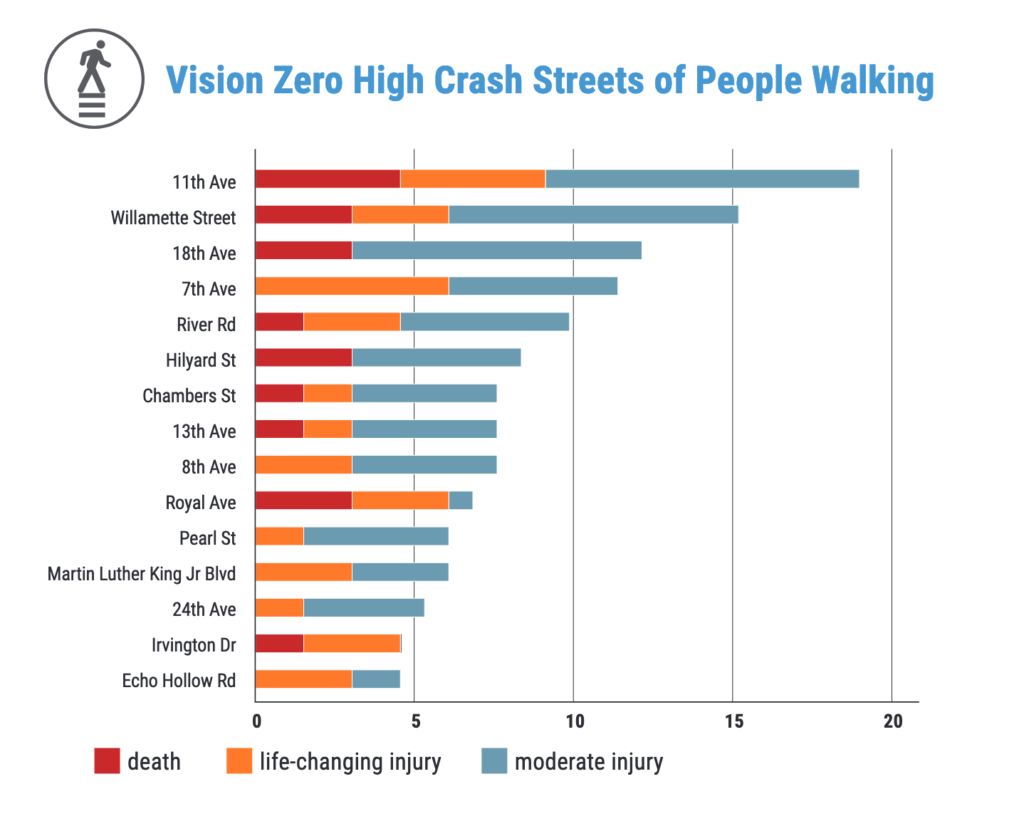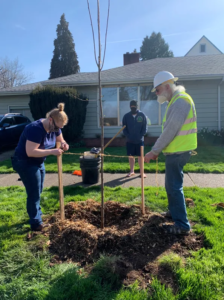Action Needed: City Staff Changes Large Swaths of Neighborhood from Medium to High Density
City Staff Changes Large Swaths of Neighborhood from Medium to High DensityAction Needed:Contact City Council [Eugene Mayor, City Council, and City Manager” <MayorCouncilandCityManager@eugene-or.gov>] NO LATER THAN SUNDAY MAY 23 and tell them to engage JWN leadership. Ask the City to send notice to the over 1,100 property owners who were never informed about the doubling of S-JW and S-C/R-2 density. With adequate time allowed and good-faith collaboration with JWN leadership, there can be an opportunity to also engage more of the JWN members. What does that mean to you?The proposed changes mean that standard-sized lots in these two zones would allow FOUR dwellings, rather than the current limit of TWO dwellings. The result would allow HIGH-DENSITY (29 to 38 dwellings per acre) development in these two MEDIUM-DENSITY zones that currently allow 15 to 20 dwellings per acre. What areas are impacted?
We found out at a rather late date, and with no notification to either the JWN Executive Board or neighbors, that city staff is recommending large swaths of the JWN be upzoned from medium to high density. The proposed ordinance was posted online on May 5th, just 12 days before the May 17th Public Hearing. No notice was sent to any of the residents or property owners to advise them of the ordinance that was the subject of the public hearing. An earlier notice was sent in April to only 15 of the over 1,100 households in these zones. Contrary to what that notice stated, the planners didn’t make any version of the ordinance available for review at the time the notice was sent. The City of Eugene’s Neighborhood Organization Recognition Policy requires that neighborhood associations be advisory to the City Council, Planning Commission, and other city boards, commissions, and officials on matters affecting their neighborhoods. There are multiple statutory and local regulations requiring proper and effective notice–starting at least 35 days before the public hearing–when such radical zoning changes are proposed. The city failed on all counts, leaving over 1,100 households unaware of this de facto upzoning. These zoning changes are being done in the guise of making our special area zones “compliant” with the state law on ADUs (accessory dwelling units). However, there is no such requirement.
We have made repeated attempts to work with Planning Division staff (we met in-person and exchanged numerous emails) in an attempt to either change their strategy or convince staff to do the required public notification and take public feedback. So far, staff has entirely rebuffed and stonewalled the JWN. Our continuing efforts to reach a compromise are why this notification is so late going out.To be clear this is NOT about delaying or obstructing the ADU Ordinance. The JWN supports the 1-to-1 ADU to detached structure mandate of SB 1501. This is about lack of notification and overreach. What is proposed is not required by the ADU statutes or any court opinion. Even if you support increased density – the process here should cause you concern. Next time it could be anyone who is unpleasantly “surprised” on any changes to zoning with little or no chance to respond. The JWN wants the ADU Ordinance to go into effect, but staff’s current trajectory is toward a costly, time-consuming, and completely avoidable appeal. The clear failure to provide the required notification to owners of impacted properties in the S-JW Zone and S-C/R-2 subarea zone alone is grounds for appeal, let alone the direct conflicts with the comprehensive plan. The impacted area |
|
Here are points to include in your message to City Council:
The problems here are so serious and obvious that an appeal is guaranteed, yet again delaying implementation of the ADU Ordinance. Further delays are both unacceptable and avoidable, if only staff would agree to the required public notification and time for people to respond and negotiate with the JWN on an acceptable solution. Action Needed: Contact City Council [Eugene Mayor, City Council, and City Manager” <MayorCouncilandCityManager@eugene-or.gov>] NO LATER THAN SUNDAY MAY 23 and tell them to engage JWN leadership. Ask the City to send notice to the over 1,100 property owners who were never informed about the doubling of S-JW and S-C/R-2 density. With adequate time allowed and good-faith collaboration with JWN leadership, there can be an opportunity to also engage more of the JWN members.” |




 The Jefferson Westside Neighbors area is defined by its many, and often mature large, street trees. It may surprise you that tree canopy cover in Eugene is below the national average and declining by about 1% a year. Increasing citywide canopy cover to 30% (currently it is 23%) is one of six urban forestry goals outlined in Eugene’s Climate Action Plan 2.0. Mature street trees help define our community culture. There are many benefits of trees: Trees help mitigate global warming and save energy; help mitigate extreme weather impacts; reduce pollution and make us healthy; make streets safer; make us saner; provide habitat; protect homes from wind and reduce heating costs. While we have a lot of trees in the JWN, we lose some every year, so we need to keep planting replacements. Eugene has room to plant 15,000 new trees! The new selection of approved street trees ensures ease of care and that roots won’t damage sidewalks. Working with Friends of Trees, we want to map our “tree holes” – open spaces where street trees can go. Help us add more trees!
The Jefferson Westside Neighbors area is defined by its many, and often mature large, street trees. It may surprise you that tree canopy cover in Eugene is below the national average and declining by about 1% a year. Increasing citywide canopy cover to 30% (currently it is 23%) is one of six urban forestry goals outlined in Eugene’s Climate Action Plan 2.0. Mature street trees help define our community culture. There are many benefits of trees: Trees help mitigate global warming and save energy; help mitigate extreme weather impacts; reduce pollution and make us healthy; make streets safer; make us saner; provide habitat; protect homes from wind and reduce heating costs. While we have a lot of trees in the JWN, we lose some every year, so we need to keep planting replacements. Eugene has room to plant 15,000 new trees! The new selection of approved street trees ensures ease of care and that roots won’t damage sidewalks. Working with Friends of Trees, we want to map our “tree holes” – open spaces where street trees can go. Help us add more trees!